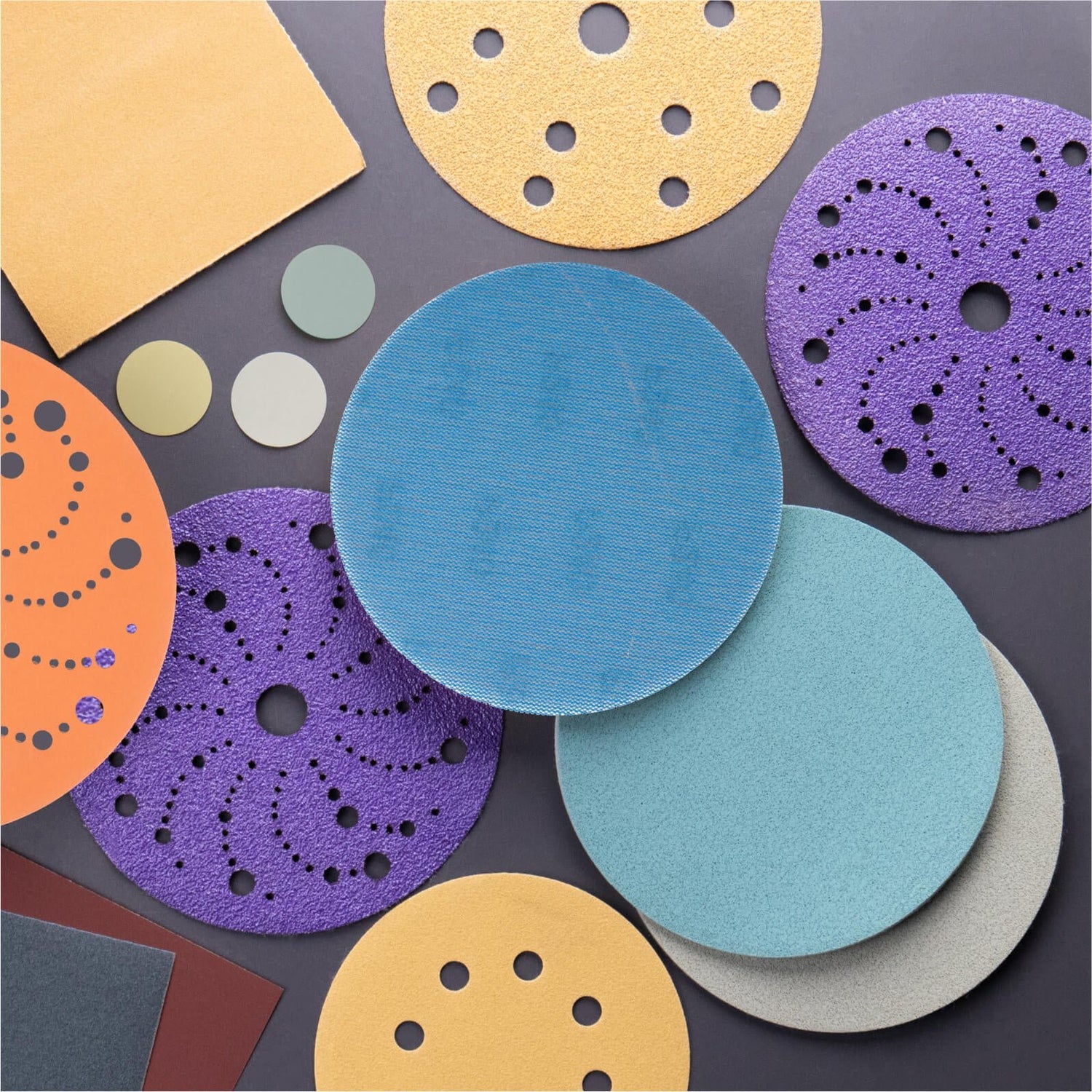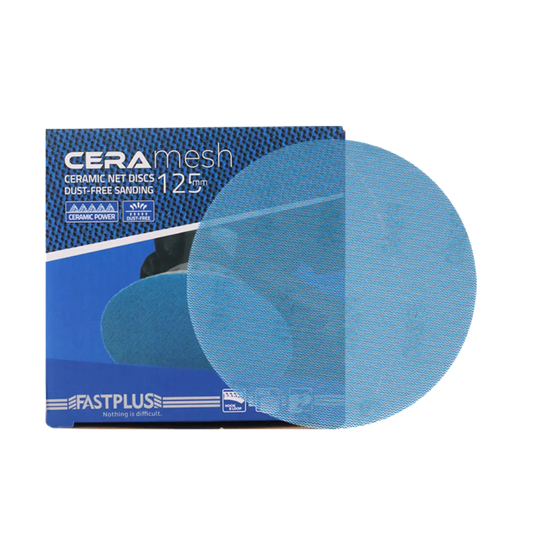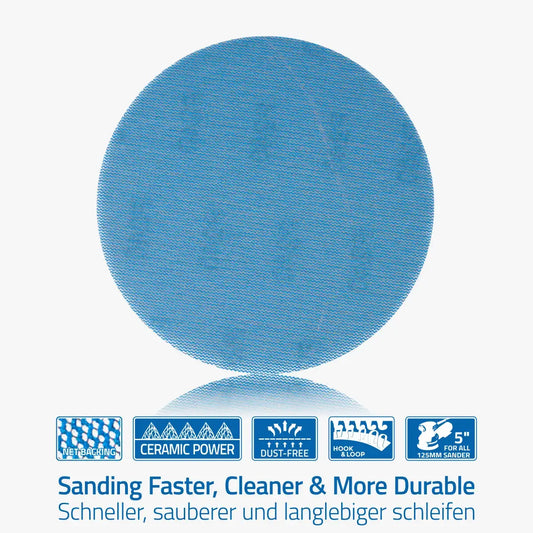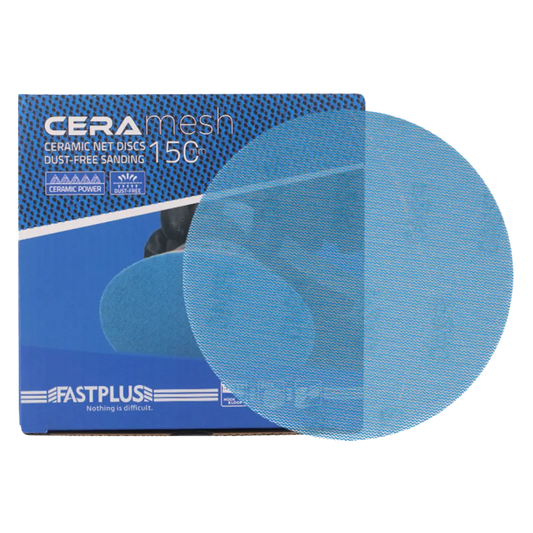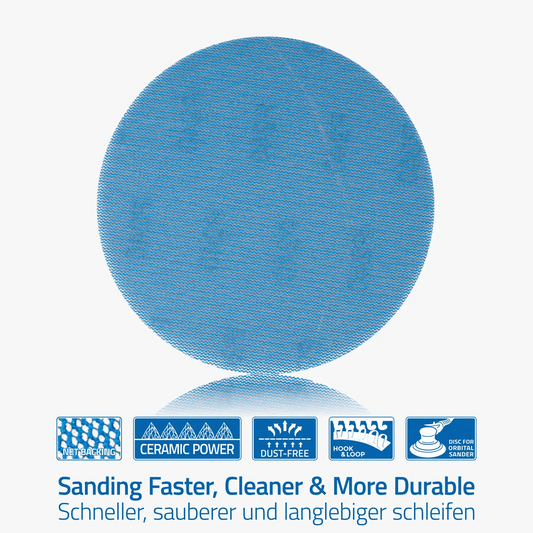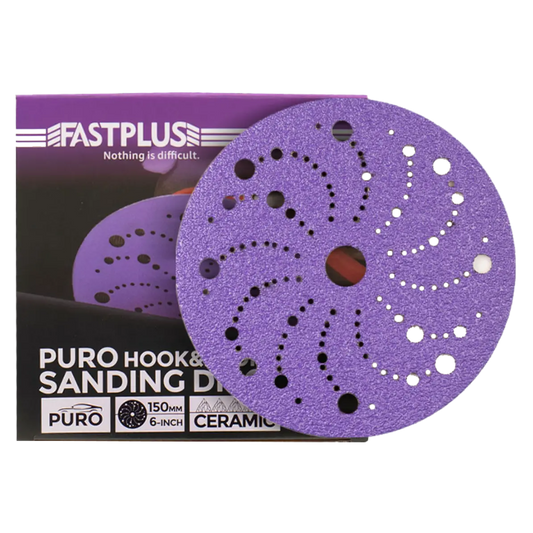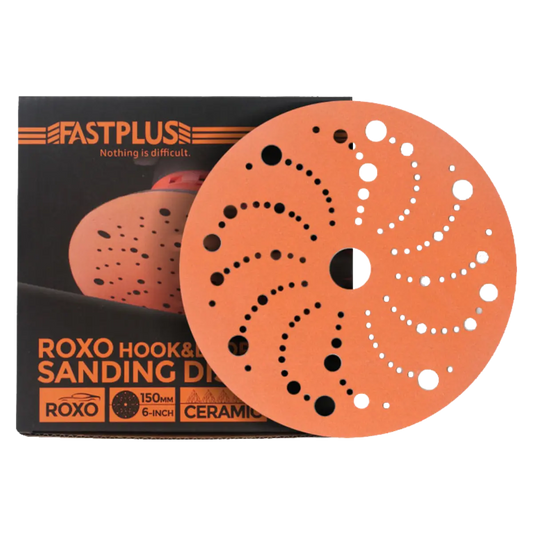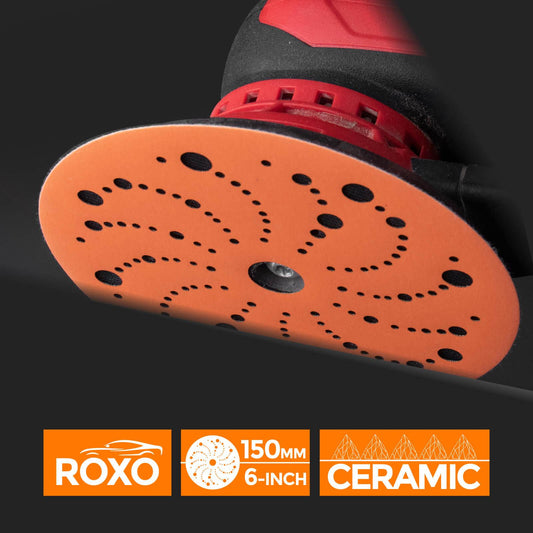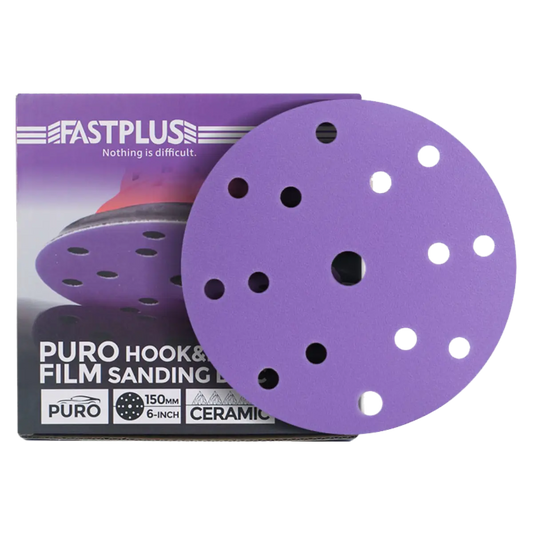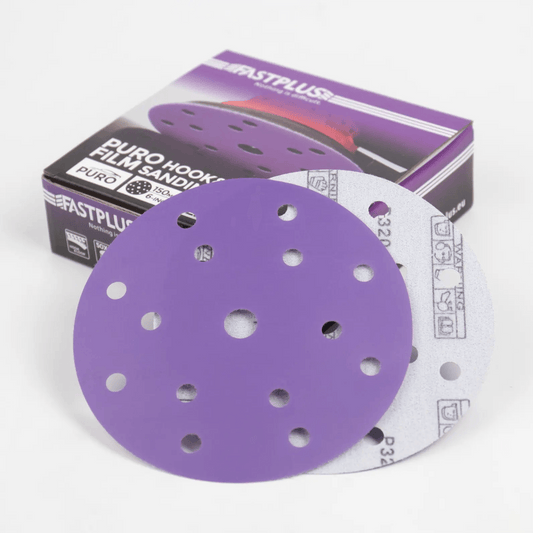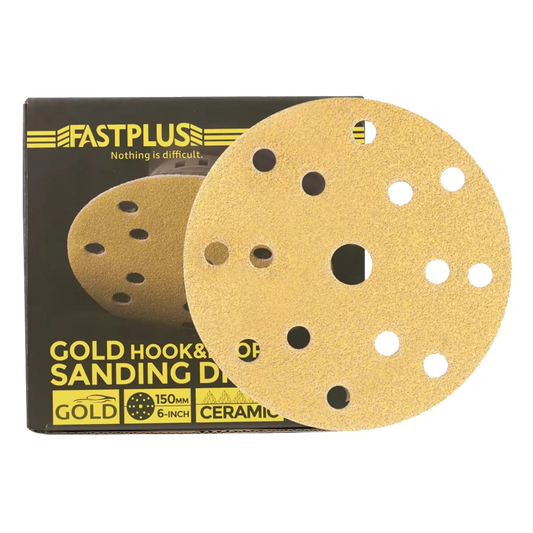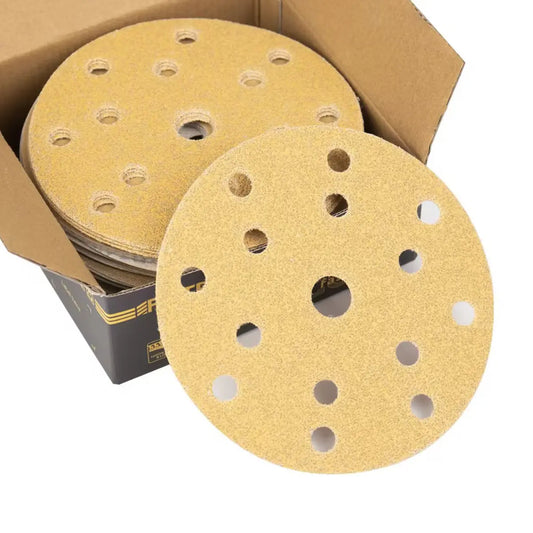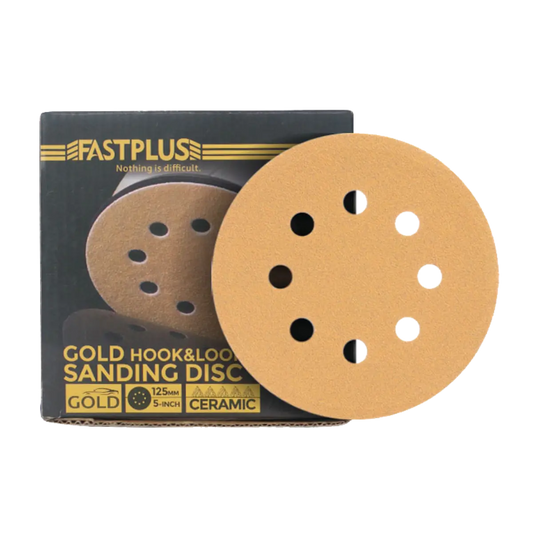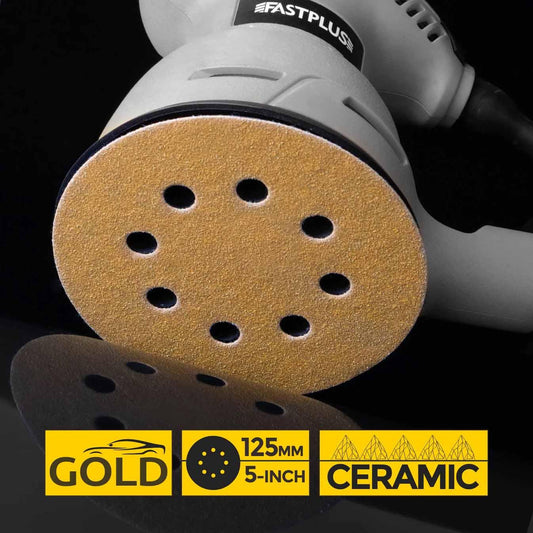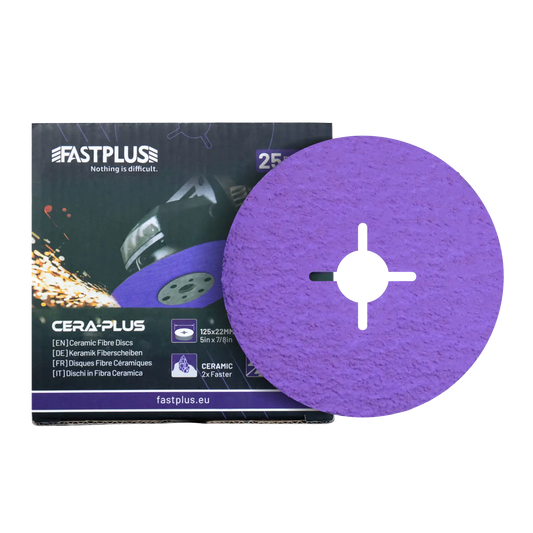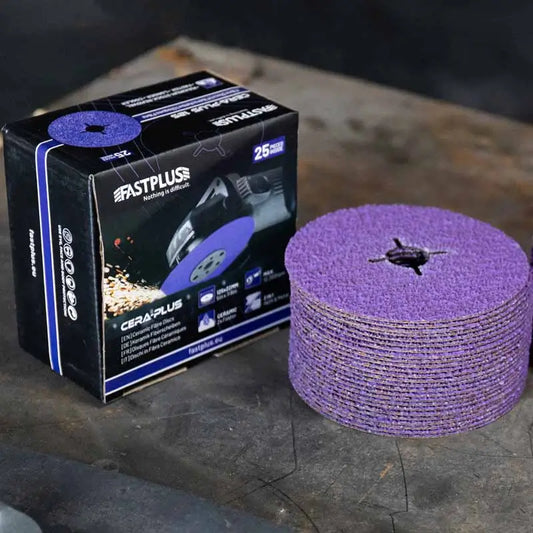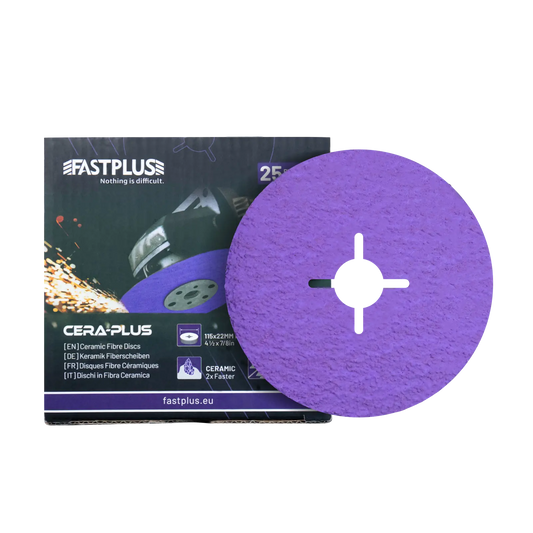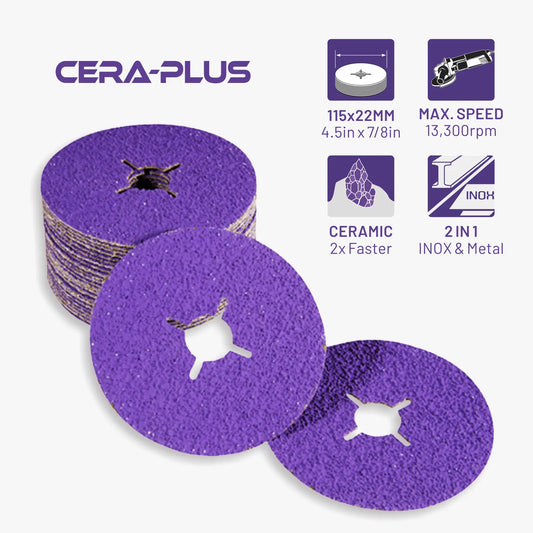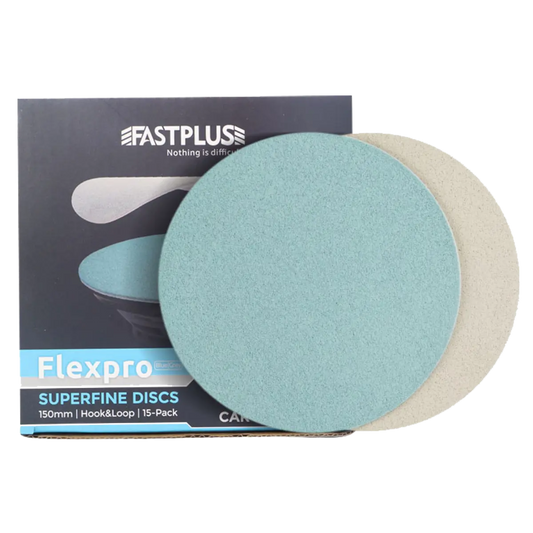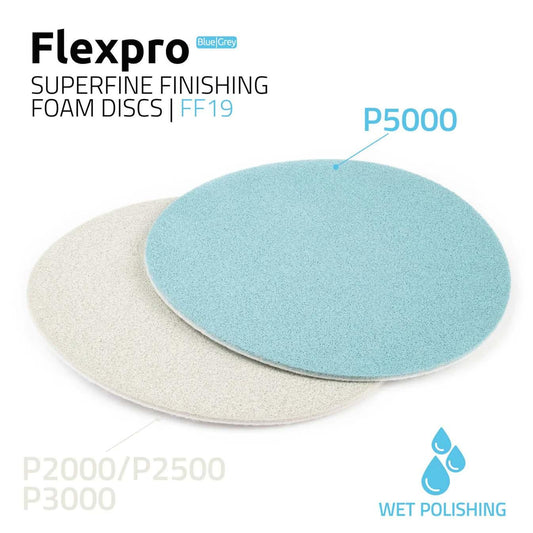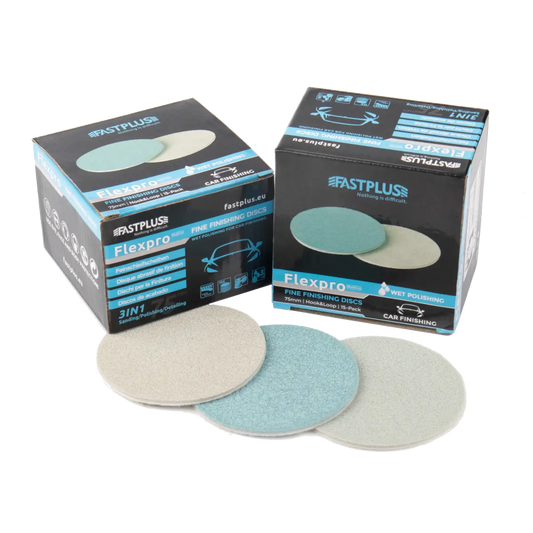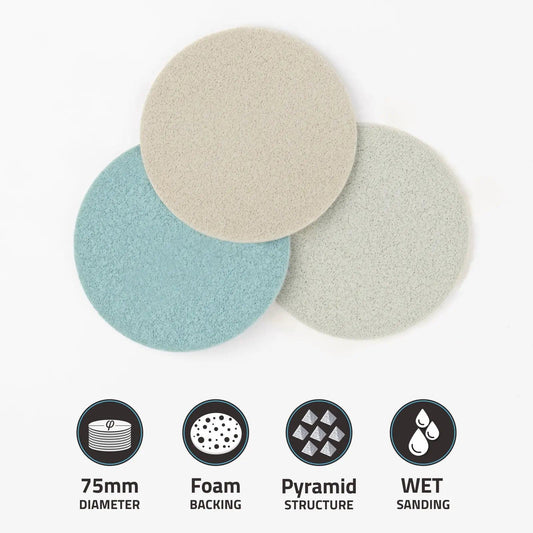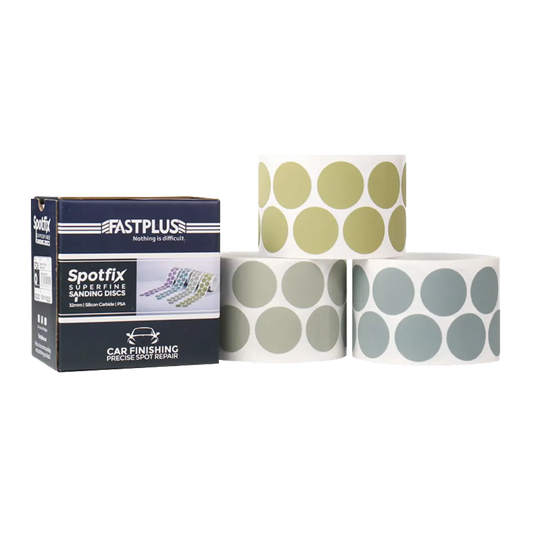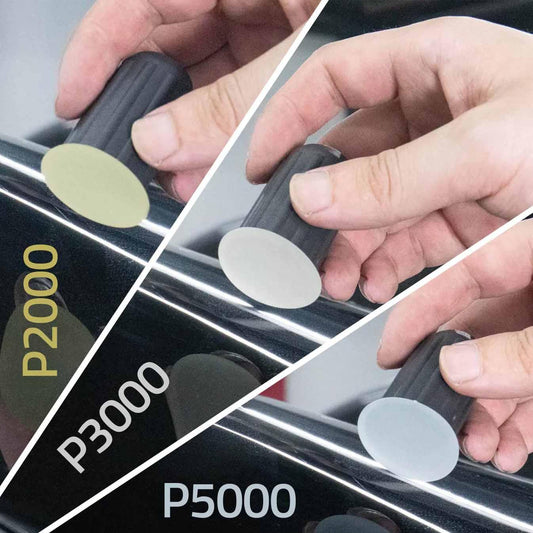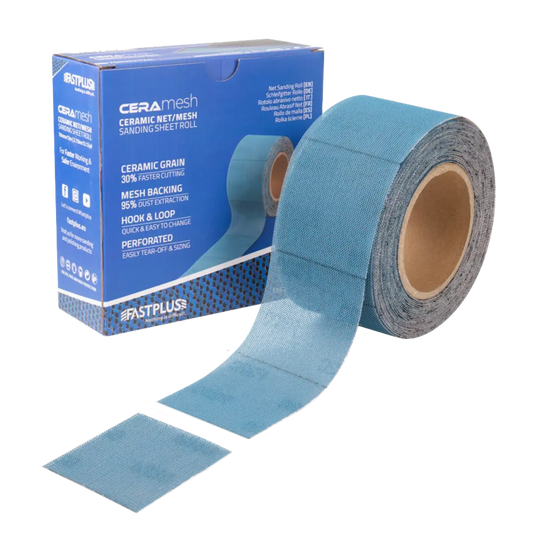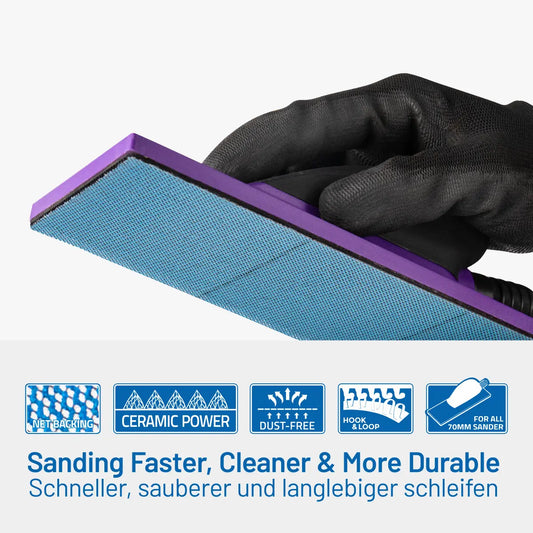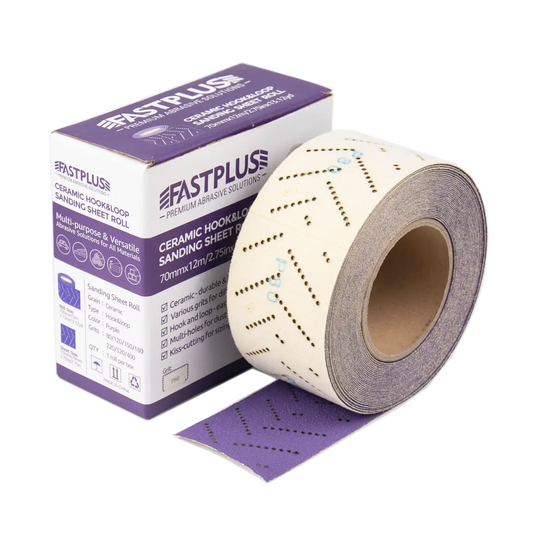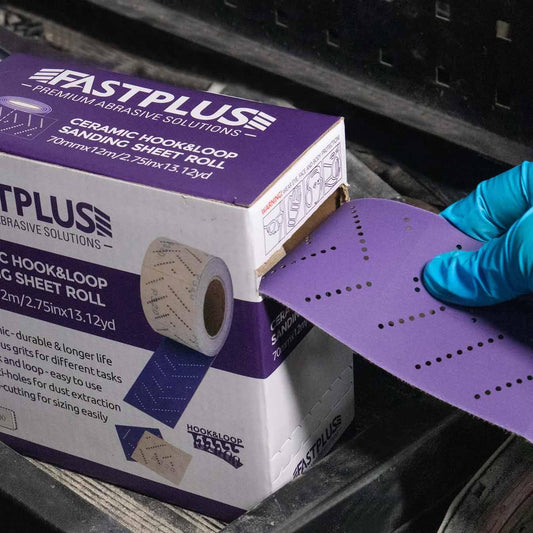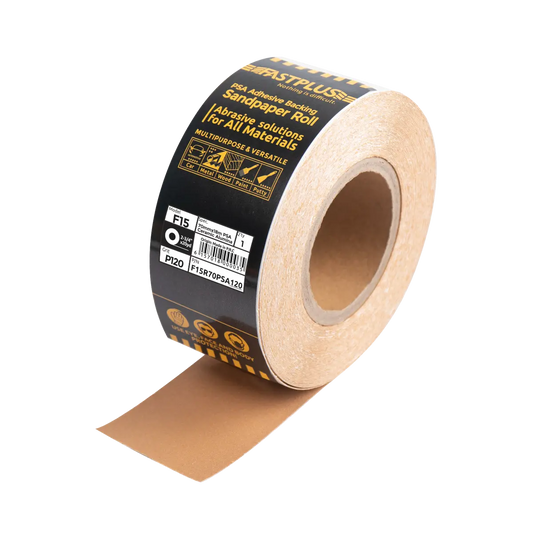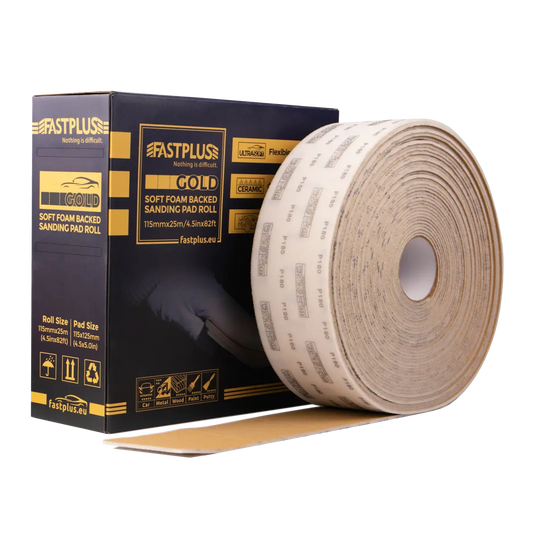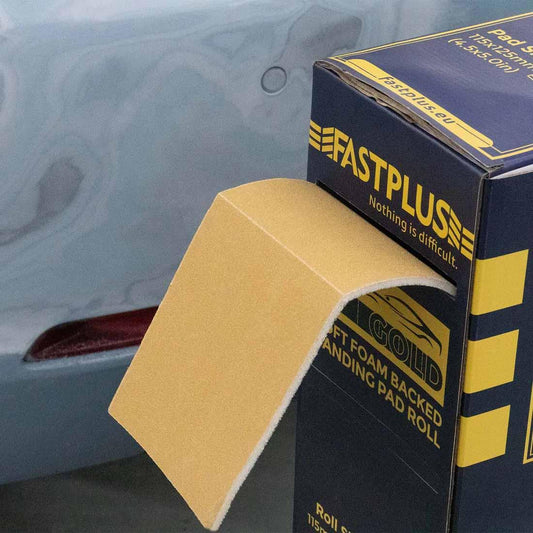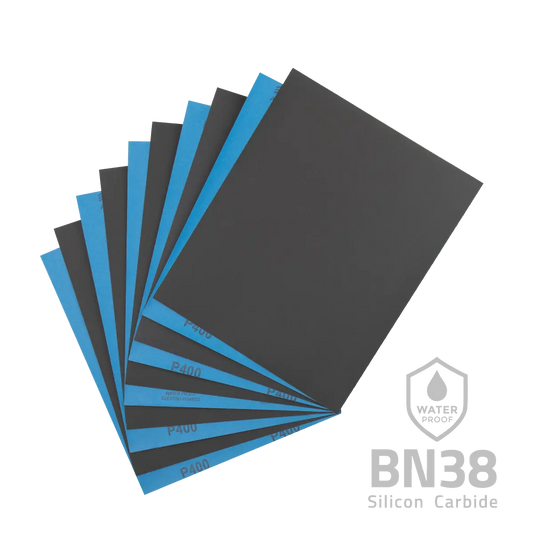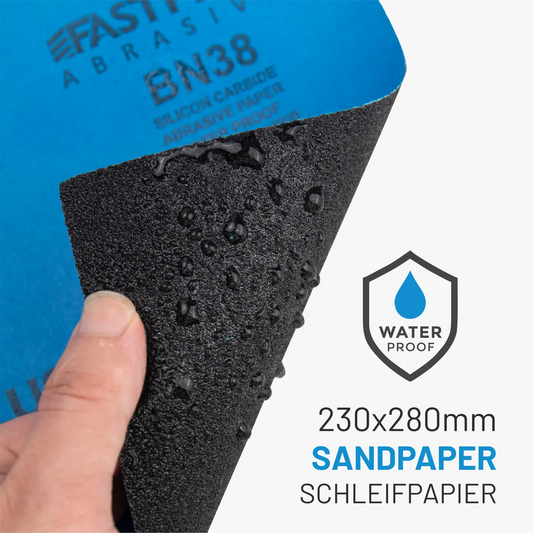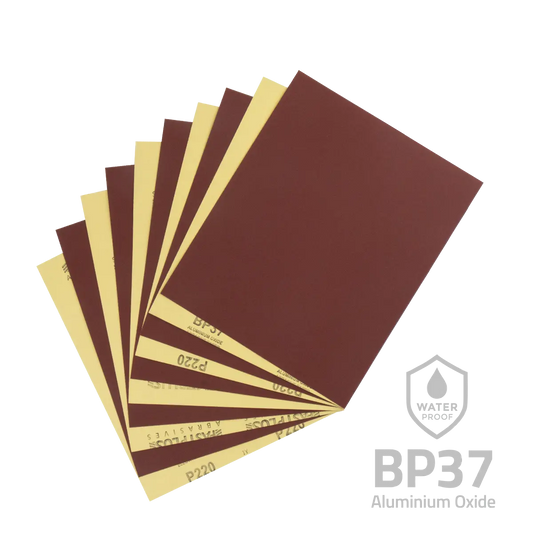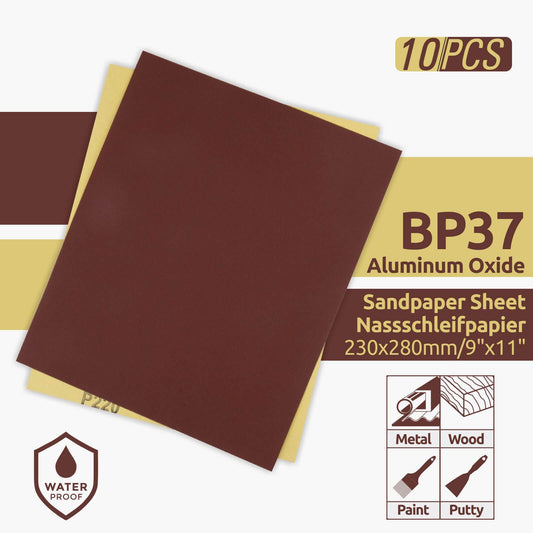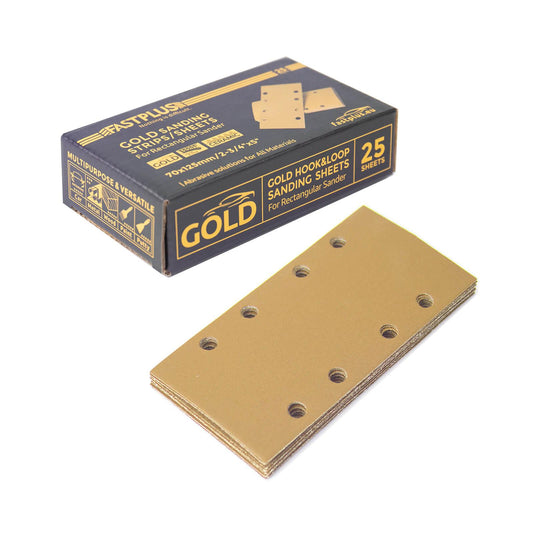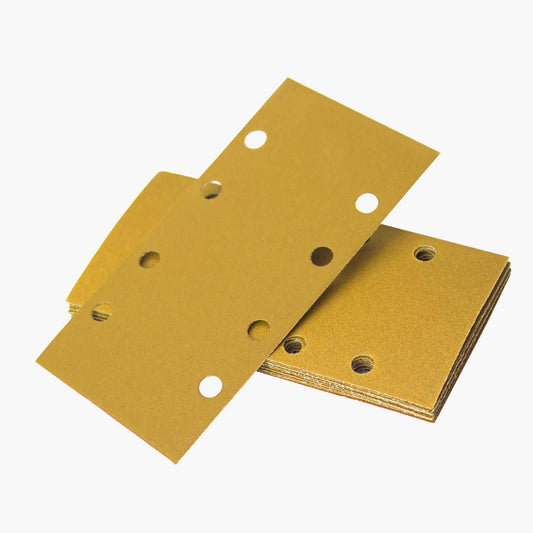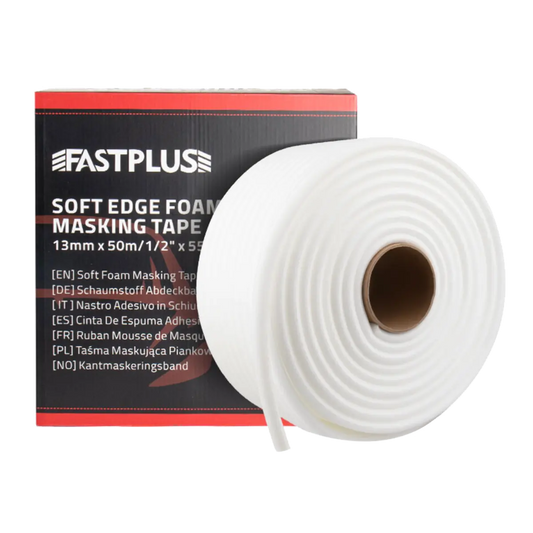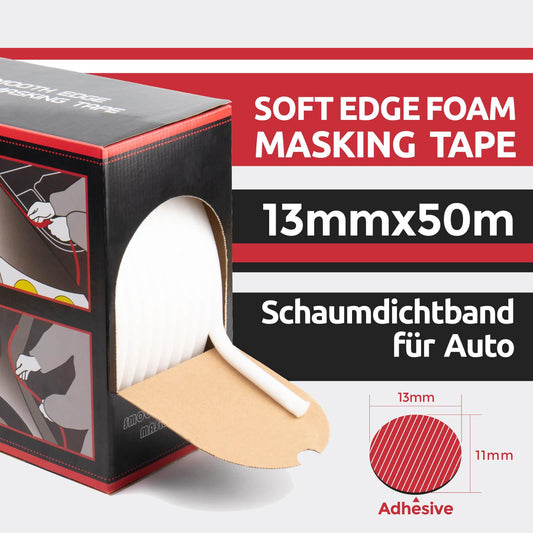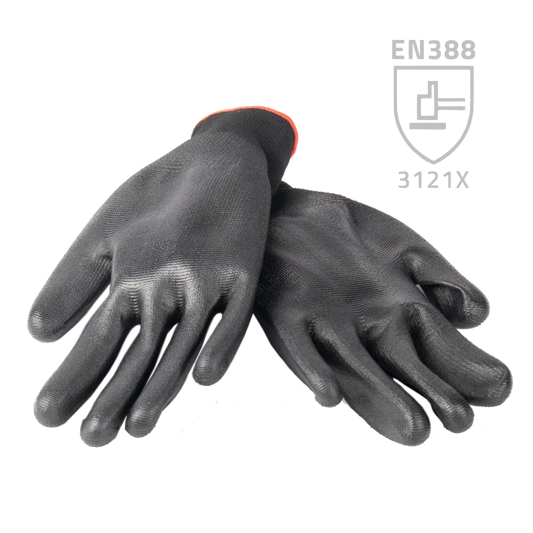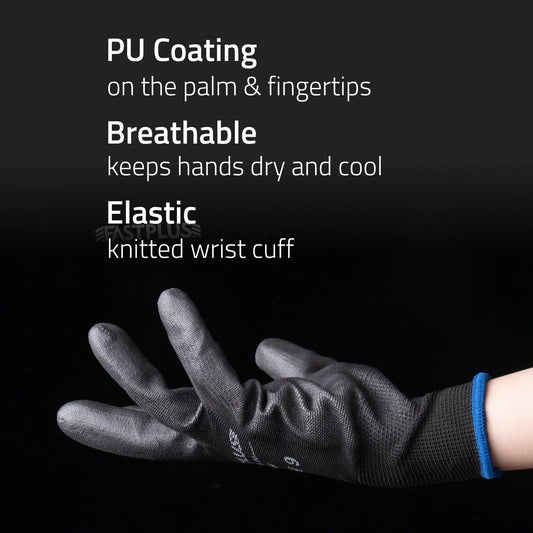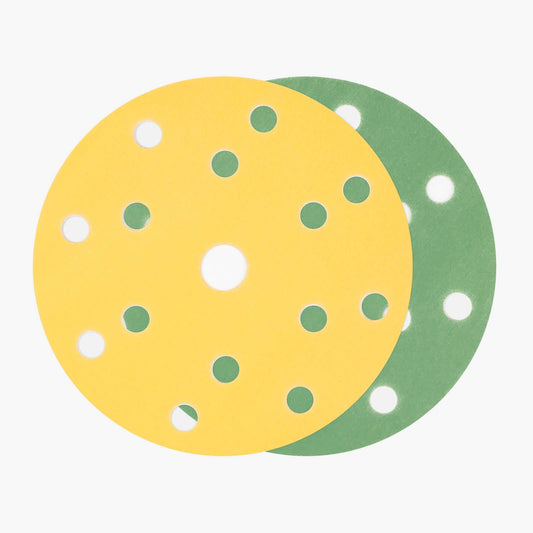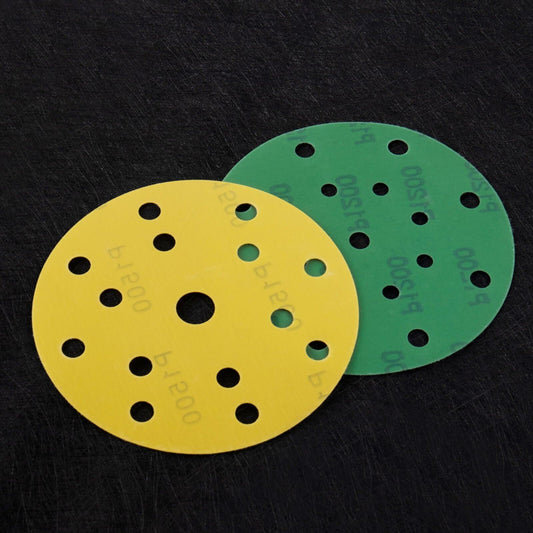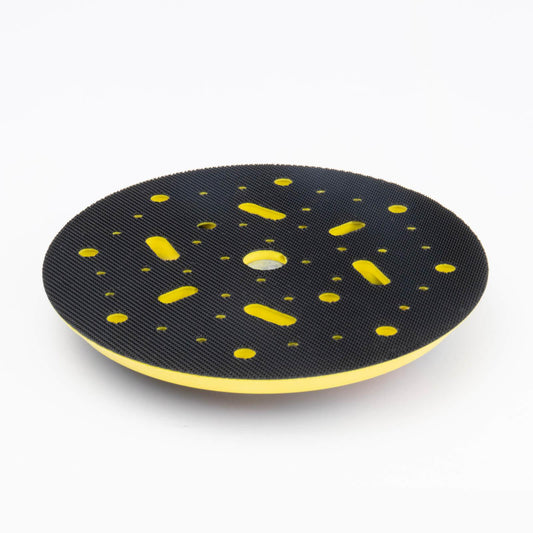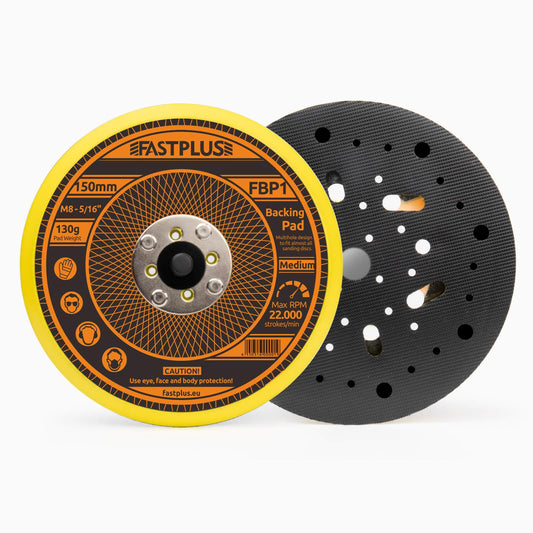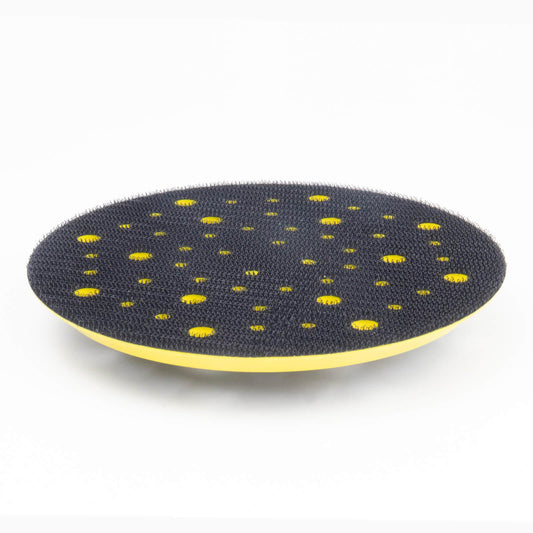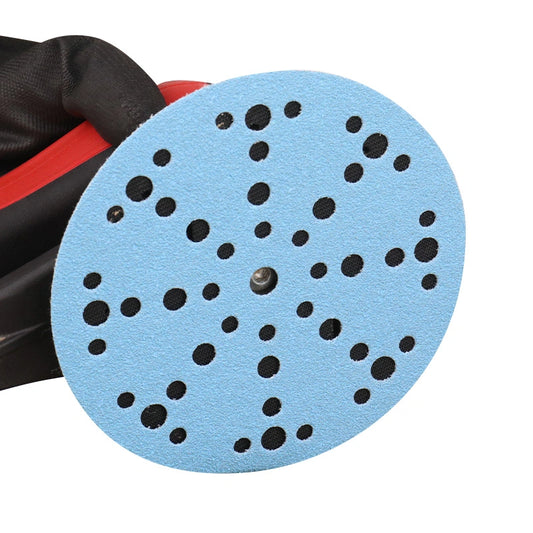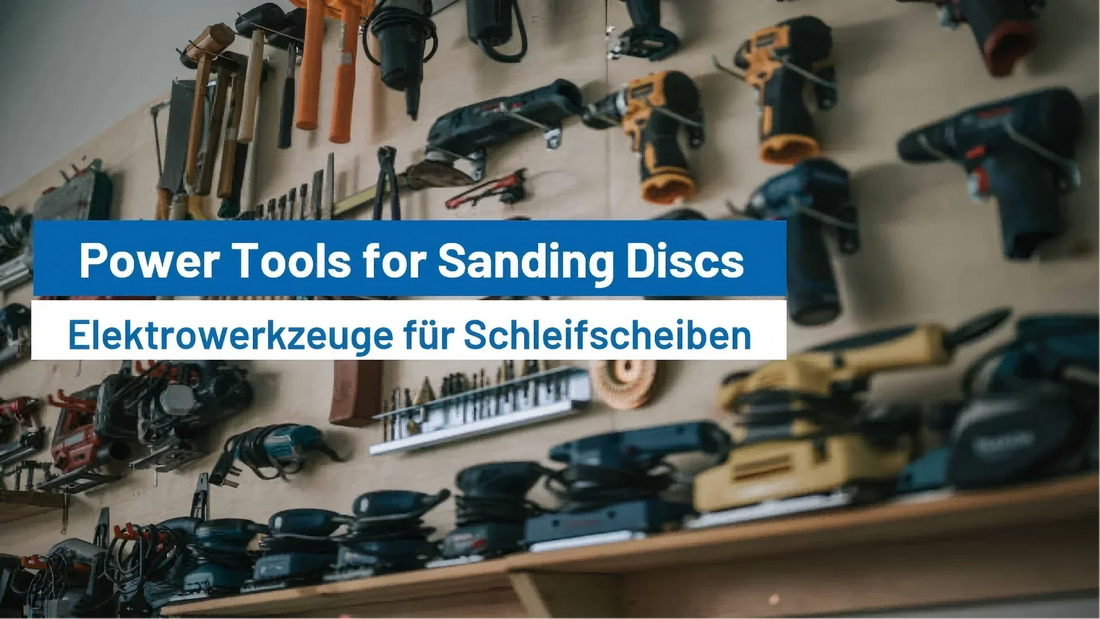
Complete Guide to Choosing Power Tools for Sanding Discs
Whether you're a seasoned woodworker, a professional in metal fabrication, or a DIY enthusiast restoring an old car, sanding is a key part of your project’s success. While sanding by hand can sometimes do the trick, the real magic happens when you combine the right sanding disc with the right power tool. In this guide, we’ll break down the most essential power tools for sanding discs, how to choose the right tool for your application, and which type of disc best fits each machine.
Why Power Tools Are Essential for Sanding
Manual sanding has its place, but it’s often time-consuming, labor-intensive, and inconsistent—especially on large surfaces or harder materials. Power tools equipped with sanding discs solve these problems by delivering:
- Speed: Drastically reduce sanding time.
- Consistency: Achieve a uniform finish across surfaces.
- Versatility: Tackle wood, metal, paint, rust, and more with the right setup.
- Efficiency: Combine sanding and polishing stages with minimal effort.
Let’s dive into the types of power tools that work with sanding discs and how to use them effectively.
1. Angle Grinders
What It Is:
An angle grinder is a handheld power tool commonly used for cutting, grinding, and sanding. It spins at high speed, making it suitable for heavy-duty surface preparation.

Best for:
- Metal surface cleaning
- Rust removal
- Aggressive paint stripping
- Grinding welds
Compatible Discs:
- Fiber Discs (with backing pad)
- Strip and Clean Discs
- Flap Discs
Advantages:
- High-speed performance
- Versatile across metal and concrete
- Compatible with various abrasive types
Safety Tip:
Always use protective gear and make sure the disc’s maximum RPM rating matches your angle grinder.
2. Random Orbital Sanders
What It Is:
A random orbital sander combines rotation and orbital motion, reducing swirl marks and producing a fine finish. It’s one of the most commonly used tools for woodworking and car refinishing.

Best for:
- Fine wood finishing
- Sanding between coats of paint or varnish
- Automotive surface preparation
Compatible Discs:
- Hook and Loop Sanding Discs
- PSA Sanding Discs
- Mesh Sanding Discs
Advantages:
- Smooth, swirl-free finish
- Lightweight and easy to control
- Works on curved and flat surfaces
Pro Tip:
Use mesh sanding discs with dust extraction systems for superior cleanliness and longevity.
3. Dual Action (DA) Sanders
What It Is:
A dual action sander (also known as a DA sander) is commonly used in auto body shops. It provides both rotary and orbital movement, perfect for delicate tasks.

Best for:
- Automotive refinishing
- Polishing and sanding delicate surfaces
- Surface preparation on plastic, fiberglass, and aluminum
Compatible Discs:
- Finishing Foam Discs
- Hook & Loop Sanding Discs
- Mesh Discs
Advantages:
- Delivers a polished finish without over-sanding
- Lightweight and ergonomic
- Perfect for curved or contoured surfaces
Consider:
Use with soft interface pads to adapt to irregular surfaces and minimize pressure.
4. Die Grinders and Rotary Tools
What It Is:
Compact and precise, die grinders and rotary tools are ideal for detailed sanding, especially in tight spaces or on intricate shapes.

Best for:
- Small parts
- Internal corners
- Sculptures or detailed woodworking
Compatible Discs:
- Mini Sanding Discs
- Quick-Change Roloc Discs
- Mini Fiber Discs
Advantages:
- Excellent control
- Suitable for precision work
- Compatible with many attachments
Best Practice:
Use mounted flap wheels or mini discs for curved or irregular surfaces where large discs won’t fit.
5. Belt Sanders
What It Is:
Belt sanders use continuous abrasive belts to sand down large, flat surfaces rapidly. These tools are heavy-duty and ideal for stripping paint or smoothing rough wood.

Best for:
- Flattening wood panels
- Stripping paint or varnish
- Smoothing large surfaces
Compatible Abrasives:
- Sandpaper Belts (not discs)
Advantages:
- Very aggressive material removal
- Fast sanding of wide areas
- Durable and powerful
Limitation:
Belt sanders don’t use sanding discs, but understanding their role helps you choose the right tool depending on project scope.
6. Palm Sanders (Finishing Sanders)
What It Is:
These are compact, lightweight tools that vibrate in small orbits. They offer fine control and are great for finish work.

Best for:
- Light sanding
- Removing small imperfections
- Final surface smoothing
Compatible Discs:
- PSA Sanding Discs
- Hook and Loop Discs
- Foam Finishing Discs
Advantages:
- Easy to handle
- Great for finish sanding
- Less aggressive—ideal for beginners
Recommended Use:
Attach fine grit discs (P220 and up) for polishing surfaces between coats or preparing for final finishing.
Choosing the Right Sanding Disc for Your Power Tool
Each tool has unique requirements when it comes to disc size, attachment method, and abrasive type. Here’s a quick compatibility chart:
| Tool Type | Disc Type | Attachment | Typical Size |
|---|---|---|---|
| Angle Grinder | Fiber, Flap, Strip Discs | Arbor-mounted | 4.5" – 7" |
| Random Orbital Sander | Mesh, Hook & Loop Discs | Hook & Loop | 5", 6" |
| DA Sander | Foam, Mesh, Velcro Discs | Hook & Loop | 6", 8" |
| Die Grinder | Mini Discs, Quick-Change Discs | Threaded/Roloc | 1" – 3" |
| Palm Sander | PSA or Hook & Loop Discs | Adhesive/Velcro | 1/4 sheet or disc |
| Belt Sander | Sanding Belts (not discs) | Tensioned belt | Varies |
How Grit Size Affects Performance
The grit size of your sanding disc determines how coarse or fine the finish will be:
- Coarse (P40–P80): Fast material removal, surface leveling, paint/rust stripping.
- Medium (P100–P150): Surface preparation before painting or sealing.
- Fine (P180–P240): Smoothing before final coat.
- Very Fine (P320 and above): Finish sanding and polishing.
For best results, always sand in stages, moving from coarse to fine grits.
Key Accessories You Shouldn’t Overlook
Backing Pads:
Essential for using fiber discs or mesh discs on angle grinders or DA sanders. Choose the right pad density for your task (hard for flat surfaces, soft for curves).
Interface Pads:
Foam layers that go between your disc and the sander, improving flexibility and protecting the surface from over-sanding.
Dust Extraction:
Using mesh sanding discs with a dust collection system not only improves air quality but extends the life of your discs.
Final Tips for Getting the Best Results
- Match RPM Ratings: Always ensure your disc can handle the speed of your power tool.
- Keep it Moving: Avoid gouging by constantly moving the tool across the surface.
- Don’t Apply Excessive Pressure: Let the abrasive do the work—too much force wears out the disc and risks damaging the surface.
- Clean and Inspect: Regularly clean discs with abrasive cleaning sticks and inspect them for wear or damage.
Conclusion
Sanding discs and power tools are a match made in abrasive heaven—when paired correctly. Whether you're tackling heavy-duty metalwork or fine wood polishing, understanding which power tool suits each sanding disc can save you time, money, and effort.

Need help finding the right sanding disc or tool combo? Browse our collection of fiber discs, sanding discs, mesh sanding discs, finishing foam discs, and sandpaper rolls today—we’re here to make your sanding projects smoother than ever.
Choose FastPlus — Your Trusted Partner in Professional Sanding Solutions.
